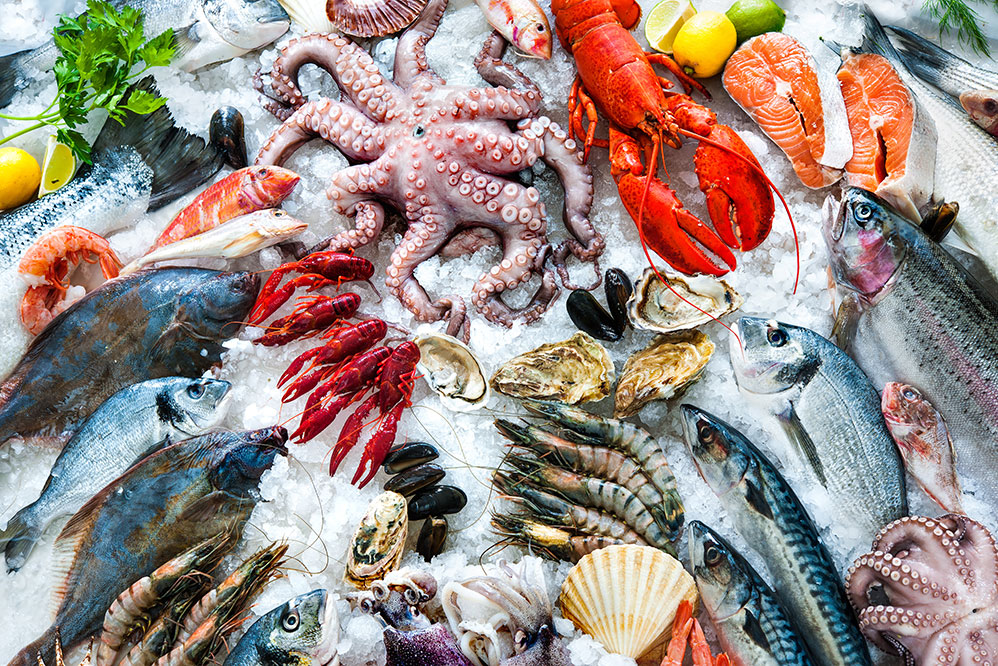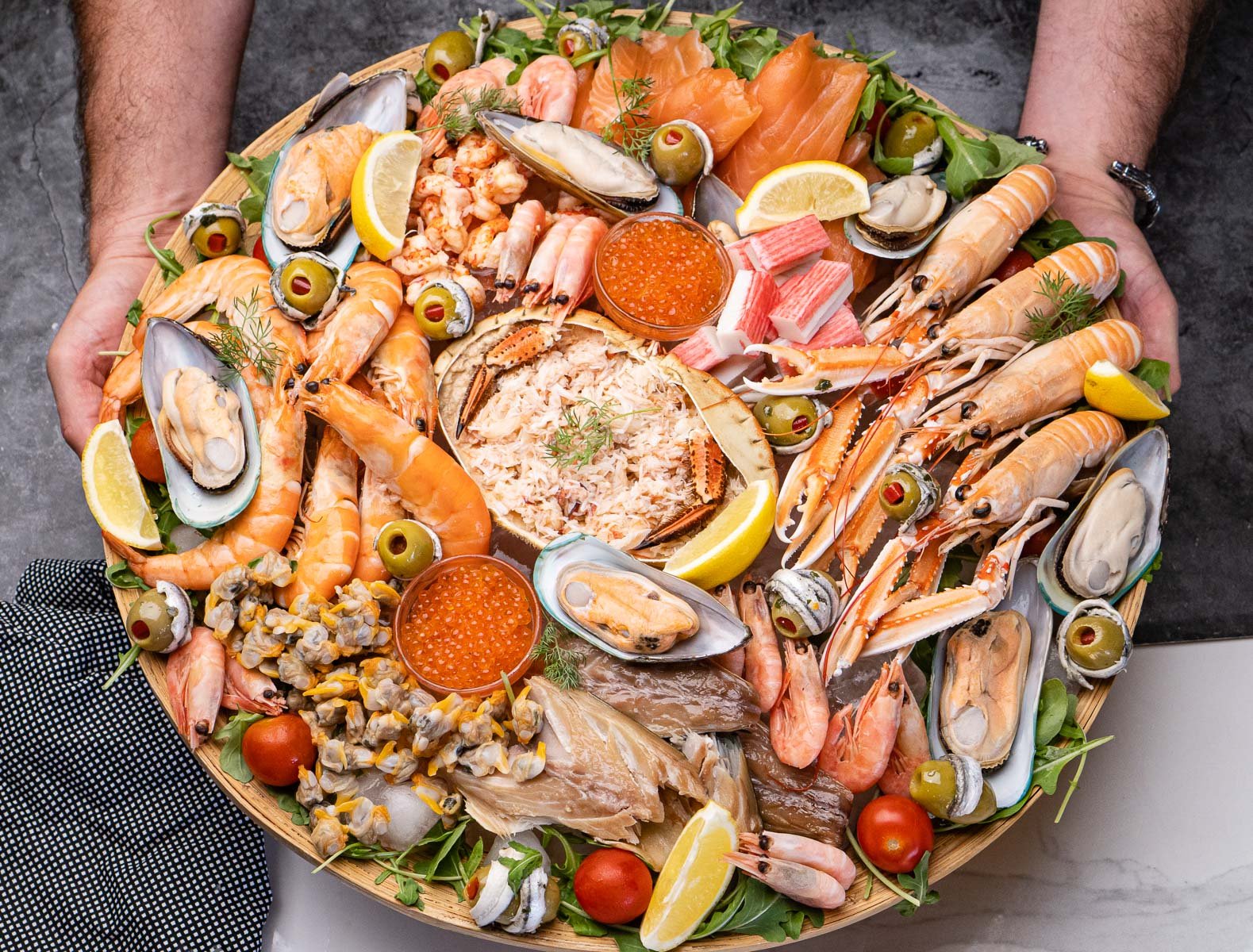
Have you recently bought seafood and not gotten around to cooking it? Or do you have some leftovers in your fridge and are wondering if it’s still safe to heat and eat? With the following tips, you can assess whether your seafood is still good to eat or if it’s gone bad.
Understanding the Shelf-life
The shelf-life of fish can be tricky as it ranges from a couple of days to a few months, which can be quite perplexing! The longevity primarily depends on the condition of the fish—whether it’s cooked, frozen, fresh, etc.
The initial pointer to note in fresh fish is its scent. Lyf Gildersleeve suggests that fresh fish should have a ‘clean’ and ‘oceanic’ smell. Moreover, the fish’s eyes should be clear, and the flesh should be bright and shiny.
Uncooked Seafood

Being aware of what fresh fish should smell like can help you differentiate it from spoiled ones. According to Kiki Aranita, the chef and owner of Poi Dog, the smell of a spoiled uncooked fish will be distinctly fishy and putrid, enough to deter you from consuming it.
The texture of the fish may also change, becoming slimy, less firm, more mushy, and might even turn gray. While shine is a good sign, slime is not. Other indicators to look for include a sour smell, cloudy eyes, bruising, and the presence of slime.
Checking Cooked Seafood

But what if your seafood is already cooked and you want to know if it’s safe for a second serving? The general rule of thumb is to consume your seafood within three days. If you can’t remember how long it’s been, try smelling the food again.
Spoiled fish will have a strong, off-putting smell, a dry texture, and in some cases, you may even spot mold. If you’re in doubt, it’s always safer to discard it. Eating spoiled fish is far worse than throwing it out when it could have still been safe to consume.

















